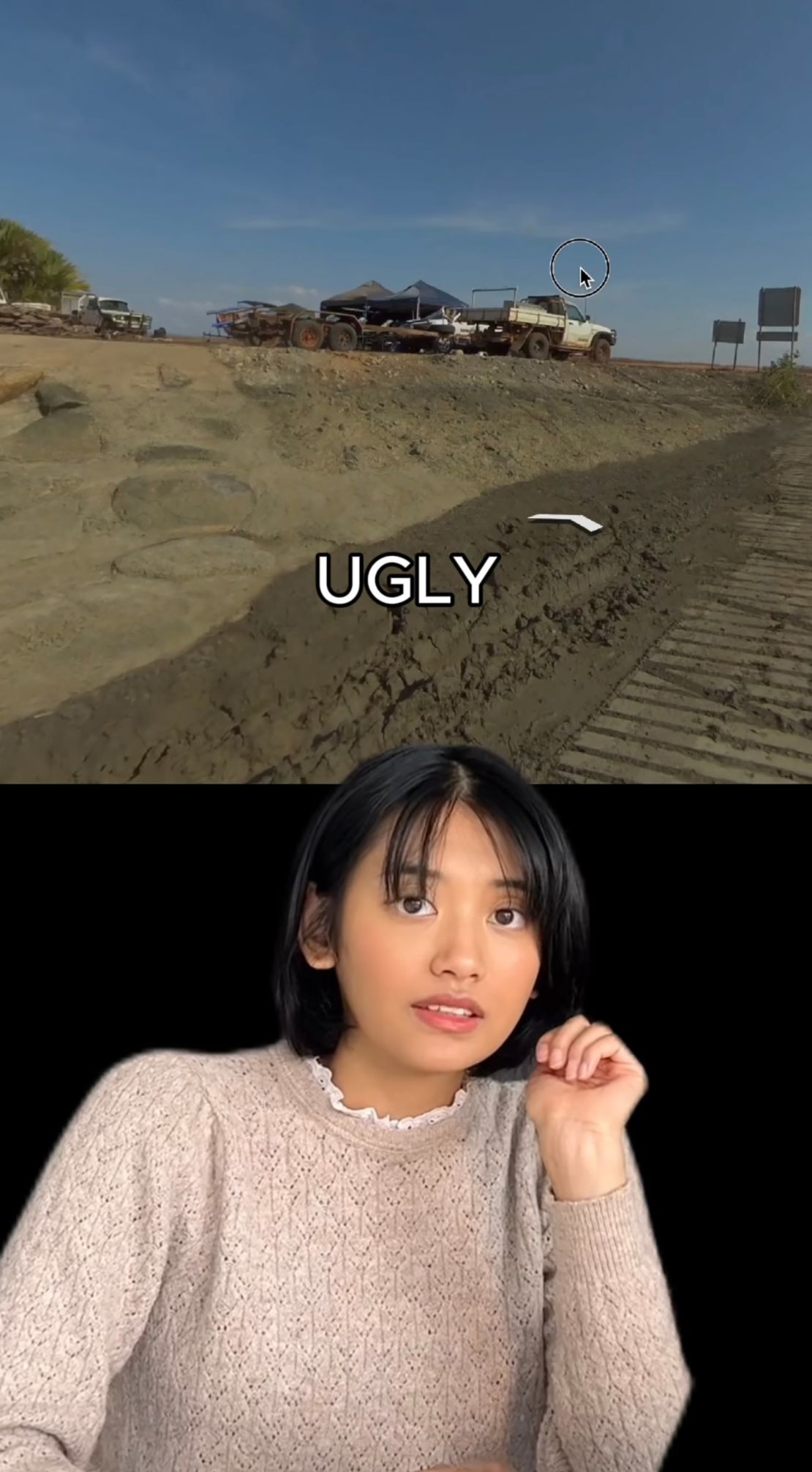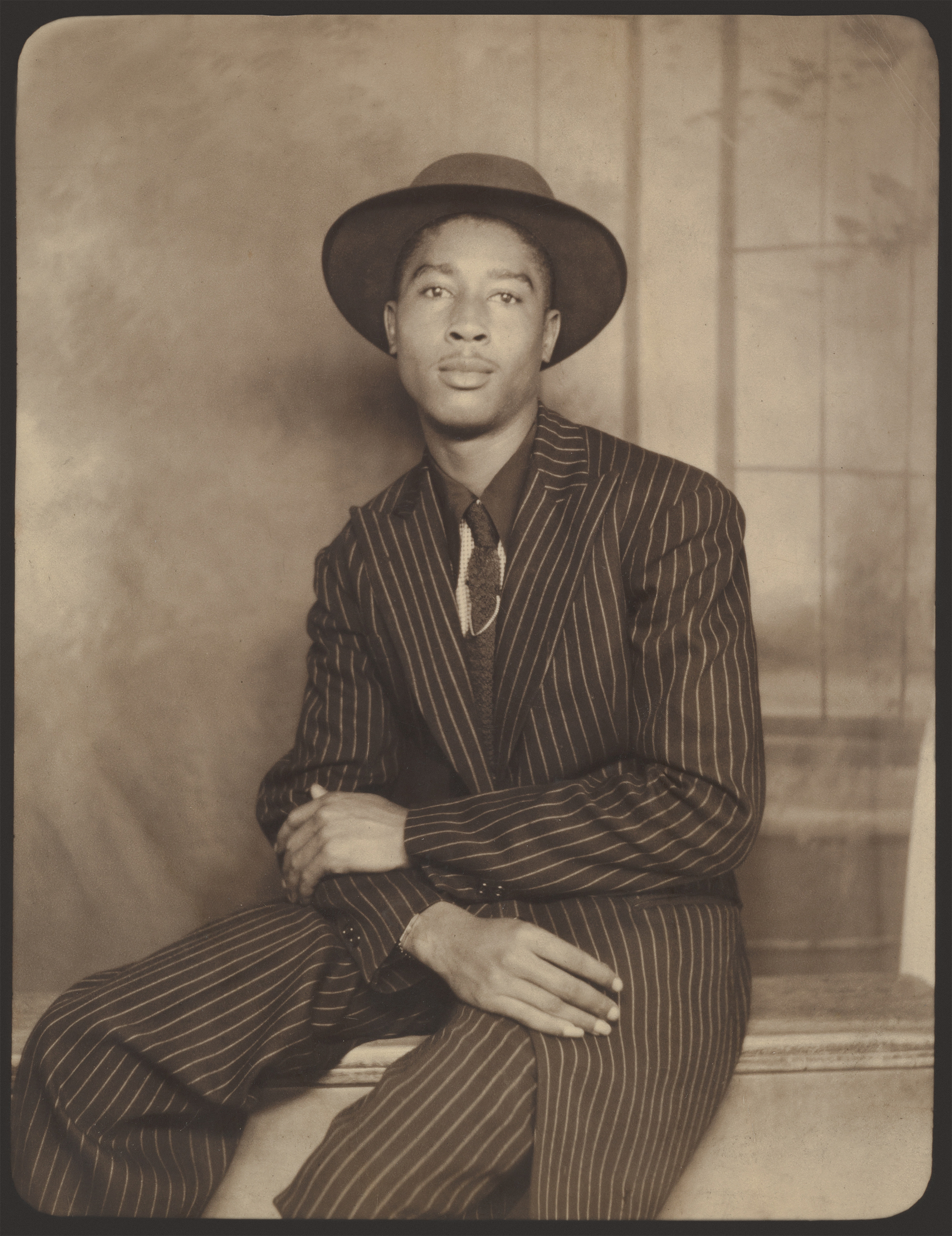CNN
—
In a video spanning just two minutes and 24 seconds, Natasha Gupta travels the length and breadth of France. She admires an impressive maze, a hazy sunset scene, an imposing cathedral, and a beautiful mosaiced building. Gupta declares each of her stop offs “not ugly.”
Then she comes across a more mundane view – a roadside Holiday Inn. It looks a bit bland. Ordinary.
“Ugly,” declares Gupta, definitively. The video promptly ends.
Gupta’s not actually exploring France in this video. Or at least, not technically speaking.
She’s filming herself exploring the country via Google Earth, dropping a pin into random locations and giving an off-the cuff assessment of each spot.
Much of the video frame is focused on the Google Earth scene, but Gupta’s superimposed into the bottom of the frame – laptop off screen – clicking through virtual scenes. She doesn’t talk much – other than to declare what she sees “not ugly” or “ugly.” Her eyes widen and her forehead furrows depending on what she sees.
You might think this content sounds kind of prosaic or unexciting. The internet would disagree with you. Gupta’s France exploration has been viewed 6.5 million times and counting on TikTok.
It’s not even her best performing video. Gupta’s similar exploration of the Philippines has been viewed 13.4 million times, while her Japan iteration garnered 17.6 million views.
It’s all part of Gupta’s TikTok presence, in which she’s “exploring every country until it’s ugly,” as she puts it in her TikTok bio.
Gupta describes herself as half Singaporean and half Indian. She moved to the UK as a kid and says she loves traveling. Her Google Earth videos were born out of her desire to explore the globe, within the constraints of her lifestyle as a Londoner in her early 20s. She doesn’t have the funds to fly across the world. But traveling via Google Earth is free.
Gupta also liked the idea of “showcasing that all these countries are beautiful in their own right” and of “challenging preconceptions” associated with particular destinations.
Gupta posted her first “exploring every country until it’s ugly” video this past summer, on her TikTok and Instagram. (She goes by @natooooooosh on both platforms)
Pretty quickly, Gupta’s videos were inundated with likes, views and comments. People from the countries she highlighted were agreeing or disagreeing with Gupta’s takes. Meanwhile, viewers from elsewhere in the world were suggesting destinations Gupta should explore next.
“At first it was extremely overwhelming to receive that much attention and comments,” Gupta tells CNN Travel, though she was grateful to start making “a little money” off her content.
After her take on England went viral, Gupta boarded a busy London Underground train and found herself glancing around, doing the math in her head.
“I realized that when I was on the tube, there was a good likelihood someone else on the tube would have watched that video,” she says.
But Gupta was also excited that her videos, with their simple premise, had proven so compelling.
The idea of exploring the world via Google Earth or Google Street View in the name of art and/or internet content – isn’t new.
Nor is the concept of exploring these virtual scenes until they’re “ugly.” Gupta was aware of a couple of “faceless accounts” embracing this concept before she started her project.
But when she talked about these videos with her boyfriend – a fellow content creator called Jay Fujiwara McCaughrean known for his videos teaching English online – Gupta started wondering if she could offer a different twist on an established concept.
Gupta figured social media users might be more likely to resonate with the “exploring the world until it’s ugly” concept if they could see a creator’s reactions and facial expressions. It might help ground the content, and put the viewer in the creator’s shoes, she thought.
So one evening in early summer, Gupta gave the idea a go.
“I set up Google Earth on my laptop screen, recorded that and filmed myself too,” she recalls. “I decided on just keeping it really simple.”
Generally speaking, there are two types of compelling TikTok content.
There’s the fast-paced, well-edited, music-heavy content with fun effects and transitions.
And then there’s the simple, fuss-free content in which creators are often pajama-clad, mid-putting-on-make-up, lying in bed.
The latter was closer to Gupta’s vision.
“What I was going for was something a lot more chill, just a girl in her room, having a bit of boredom and fun,” she says. “I’m not dressed up, I’m in my PJs. It was filmed probably at midnight, and I just edited it and posted it at 3 a.m.”
The simplicity of Gupta’s set up seemed to resonate with viewers. And while in more recent videos Gupta’s discarded the pajamas in favor of bright colored tops and white shirts, she’s kept up “that kind of relaxed vibe that seemed to resonate with people.”
She wanted the videos to feel “chill.” And early on comments suggest she succeeded, with some commentators suggesting they’re relaxing – even soothing – to watch. Some said Gupta had accidentally created ASMR (content that creates what’s called autonomous sensory meridian response AKA a sort of soothing meditative state) and Gupta now hashtags her videos with the ASMR hashtag.
Notably, Gupta doesn’t introduce herself in the videos. If a social media user stumbles across her TikToks or Instagram Reels, they likely know next to nothing about her. Her full name isn’t listed. There’s no mention of where she lives, or where she’s from, or her job (she ran a corporate social media account until recently).
All viewers see is a person, sitting in front of a laptop, exploring the world via Google Earth, commenting on what she sees.
“That is deliberate,” says Gupta of her relative anonymity “It’s not really about me, but more about the places.”
Plus, as an avid social media user herself, Gupta knows the best content is “very clear about what’s about to happen” – with no complications.
“You just know this person will explore until it’s ugly, and you’re just there to agree or disagree,” is how Gupta describes her videos.
Gutpa’s posted 28 Google Earth-themed TikToks and counting. Each video follows pretty much the same pattern. Gupta introduces the concept, then she drops her pin and gets clicking. Sometimes she comments a little on what she sees on Google Earth. Other times she simply declares “not ugly.”
Over the past couple of months she’s explored countries including Australia and Italy. She’s also gone a bit more micro and picked specific US states, including New York and Ohio.
While Gupta always scans the comments for suggestions, she generally picks destinations based on her own interest.
“I want to choose countries that perhaps don’t get a lot of attention,” she adds. “Places like Bulgaria and Poland – I think that’s partially why they resonate with a lot of people.”
“All these countries are beautiful in their own right, but we just bar them out because of our preconceptions.”

Gupta enjoys surprising herself too. She picked Ohio based on a comment that suggested the Midwestern state would make the “quickest TikTok ever.” In the end, Gupta found several Ohio spots she really liked.
And while some viewers assume Gupta picks her Google Earth spots in advance, she insists she really is dropping her pin in random locations.
“Essentially, I film myself for as long as it takes to find an ugly place,” she says.
The raw videos are anywhere between five to 20 minutes long, but TikTok and Instagram both have length limits that forces Gupta to trim down her footage. She ends up focusing on the most interesting places that she thinks generated her most engaging reactions – but she’s considering posting longer, uncut videos on YouTube.
And as for the “not ugly” versus “not ugly” delineation, Gupta says it’s all subjective and “instinctual.”
Gupta admits “weather really affects my perception” – the same view captured on a gray day can look much more inviting in the sunshine.
But she tries not to overthink her ruling.
“It’s mainly just upon first glance of the image,” she explains. “Would I want to go there? How beautiful is it?”
Gupta’s also created a couple of recent videos which merge in-person travels with her virtual set up. Prior to a recent “real life” trip to Milan, Italy, for example, she looked up random spots on Google Earth and then went there in person to assess their relative “not-ugliness.” She just posted a similar video exploring her home city of London.
Gupta suggests that could be the “next evolution” in her content – while she’s enjoying her virtual travels, her Google Earth explorations are only furthering her desire to see the world.
“I think it’s not so much that there’s any specific place that I want to go, but more that I’m just a lot more open to any places,” says Gupta. “Because I now know for a fact that any place will have some beauty and somewhere that I would I go, ‘Oh, that’s outstanding.’”











